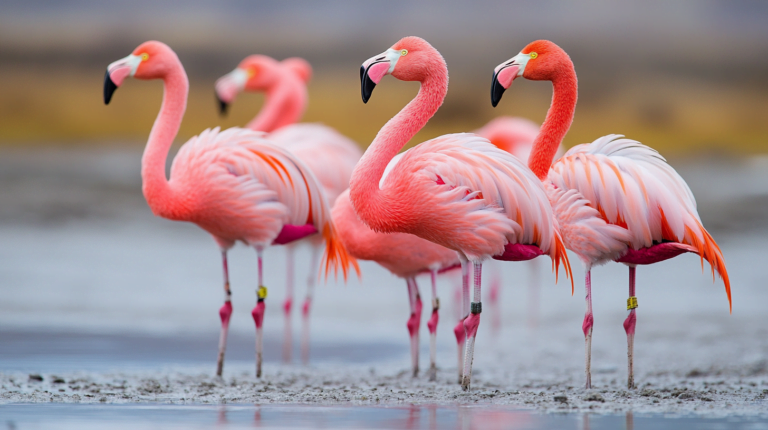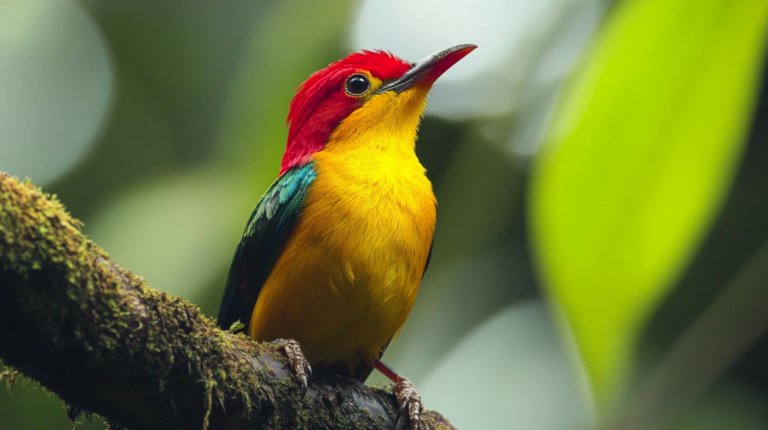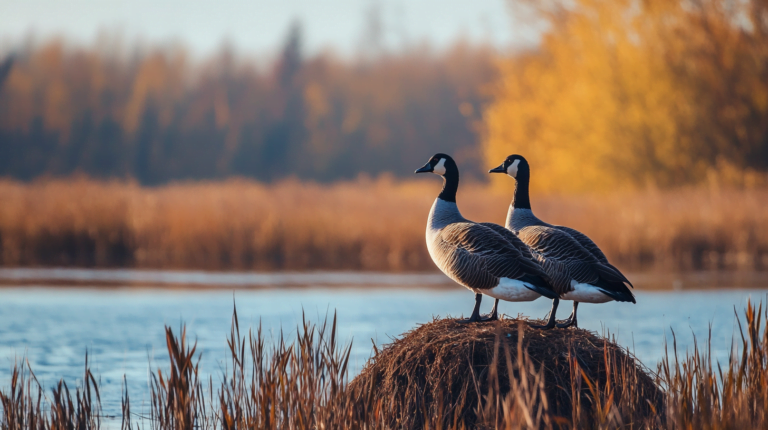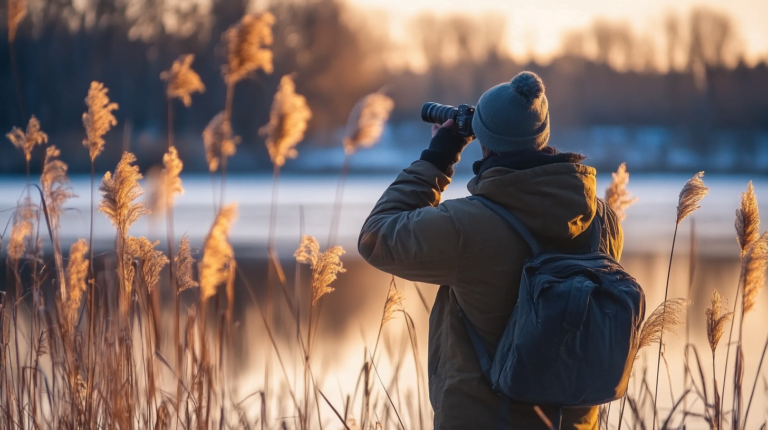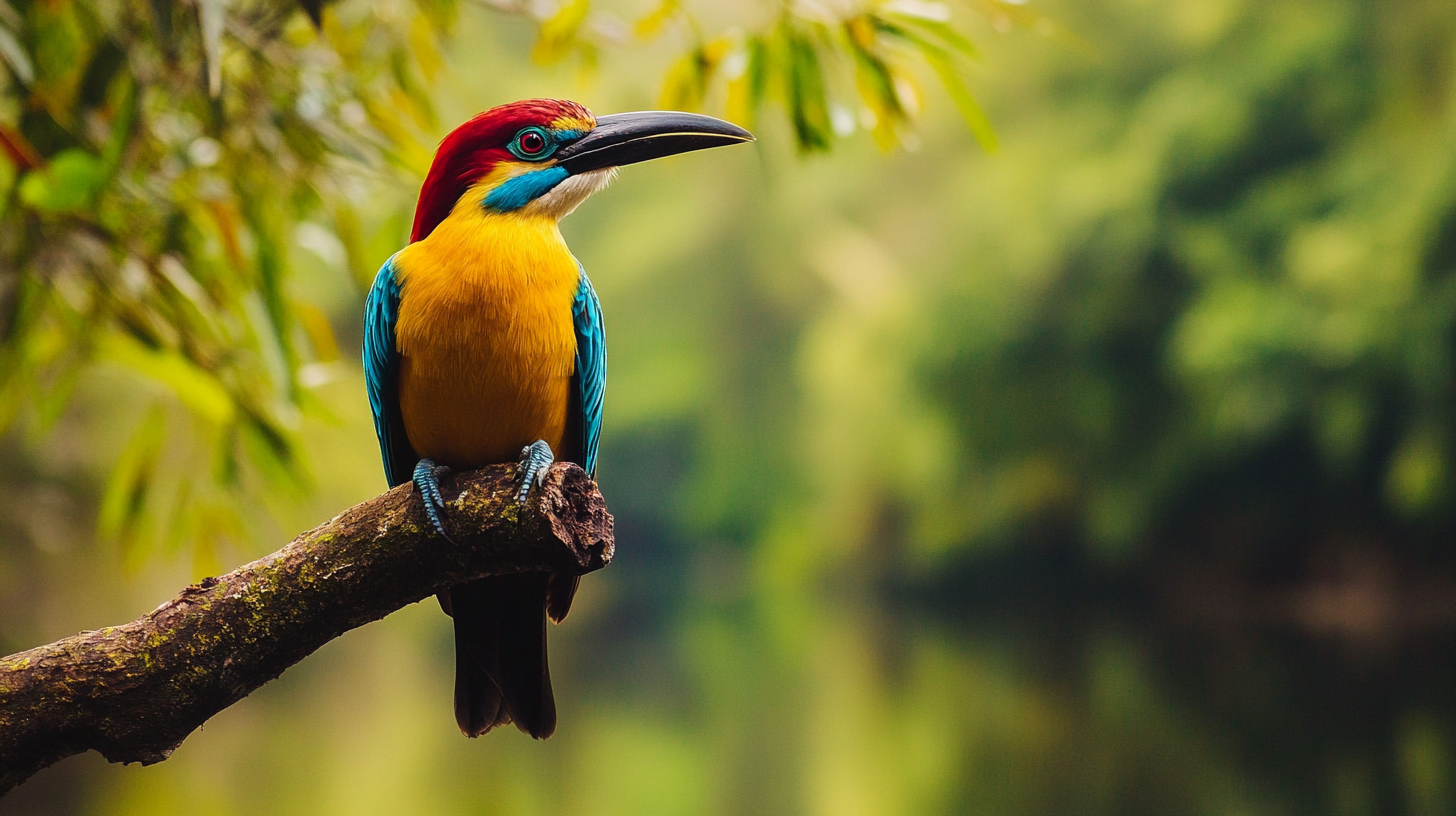
Table of Contents
Birdwatching is a beloved hobby that connects millions of people with the wonders of nature. There’s something magical about spotting a rare species or observing the intricate behaviors of our feathered friends. If you’re eager to embark on a birding adventure of a lifetime, you might be wondering: where is the best place in the world to see birds? In this comprehensive guide, we’ll explore some of the most incredible birdwatching destinations across the globe.
What Makes a Great Birdwatching Destination?
Before we dive into specific locations, let’s consider what factors make a place ideal for birding. Here are some key things to look for:
- Diversity of bird species: The more species present, the more exciting the birding experience.
- Accessibility: Can you easily reach prime birding spots, or are they remote and challenging to access?
- Presence of rare or endemic species: Spotting a bird found nowhere else on Earth is a thrilling prospect for avid birders.
- Quality of birding infrastructure: Are there knowledgeable guides, well-maintained trails, and comfortable lodges to facilitate your birding adventure?
- Best times of year: Many destinations have specific seasons when birding is at its prime, such as during migration periods.
With these factors in mind, let’s explore some of the world’s top birding hotspots, organized by region.
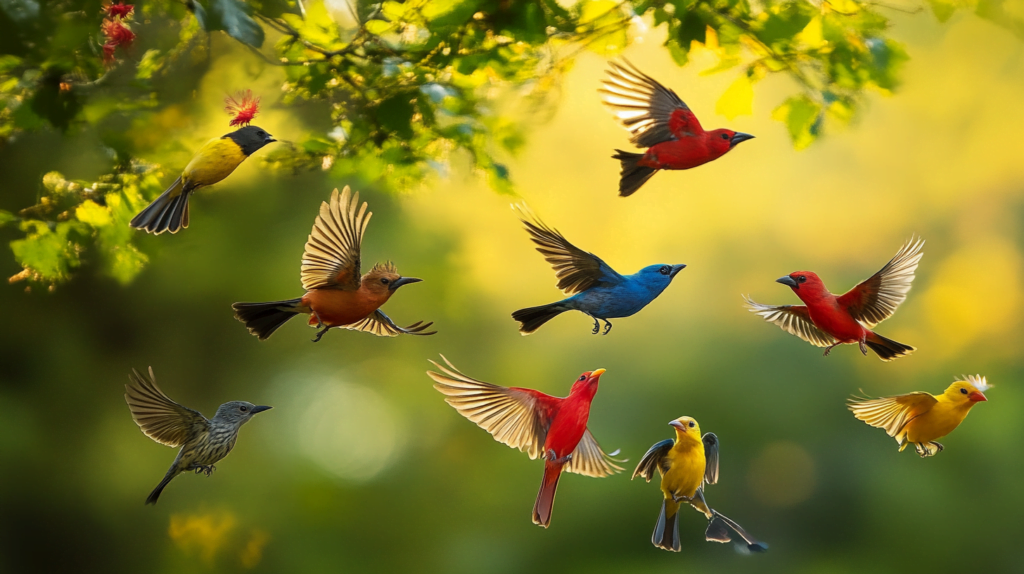
Top Birdwatching Destinations by Region
North America
- Costa Rica: This small Central American country is a birder’s paradise, boasting over 900 species. Resplendent quetzals, scarlet macaws, and toucans inhabit its lush cloud forests and rainforests.
- Texas, USA: The Lone Star State is a birding gem. Estero Llano Grande State Park alone has recorded an astounding 698,443 sightings of shorebirds, waders, and waterfowl.
- Point Pelee National Park, Canada: Each spring, this park on the shores of Lake Erie comes alive with migrating songbirds, warblers, and raptors.
- Southeast Arizona: Hummingbirds, elegant trogons, and other Mexican specialties can be found in the “Sky Islands” of this unique desert region.
South America
- Galapagos Islands, Ecuador: Made famous by Charles Darwin, these islands are home to fascinating endemic species like Darwin’s finches, the waved albatross, and Galapagos penguins.
- Manu National Park, Peru: This vast Amazonian reserve is a birder’s dream, with species like the Andean cock-of-the-rock and vibrant macaws.
- Iguazu Falls, Argentina/Brazil: The rainforests surrounding these majestic waterfalls teem with toucans, hummingbirds, and parrots.
- Amazon Rainforest: The world’s largest rainforest is home to iconic species like harpy eagles, hoatzin, and antbirds.
Europe
- Ottenby Bird Observatory, Sweden: Situated along major migration routes, this observatory has recorded an impressive 569,644 bird sightings.
- Coto Doñana National Park, Spain: This wetland reserve is famous for its flamingos, imperial eagles, and many other water birds.
- Camargue, France: The marshes and lagoons of this region host flamingos, herons, and waders.
- Białowieża Forest, Poland: One of Europe’s last primeval forests, it’s home to woodpeckers, owls, and flycatchers.
Africa
- Kruger National Park, South Africa: In addition to the famous “Big 5” mammals, Kruger boasts the “Big 6” birds, including the martial eagle and saddle-billed stork.
- Rift Valley, Kenya: Millions of flamingos gather at the valley’s soda lakes, creating an unforgettable spectacle.
- Bwindi Impenetrable Forest, Uganda: This dense forest is home to many endemic species, like the African green broadbill.
- Serengeti National Park, Tanzania: This iconic savanna is home to ostriches, secretary birds, and numerous raptors.
Asia
- Bharatpur Bird Sanctuary, India: Formerly a duck hunting reserve, Bharatpur now shelters Siberian cranes, pelicans, and painted storks.
- Kinabatangan River, Borneo: The rainforests along this river are alive with hornbills, pittas, and broadbills.
- Hula Valley, Israel: During migration seasons, huge flocks of cranes, pelicans, and raptors pass through this vital stopover site.
- Sichuan, China: The mountains of this province are home to stunning species like the golden pheasant, parrotbills, and tragopans.
Australia/New Zealand
- Kakadu National Park, Australia: This vast park in the Northern Territory is known for its magpie geese, jabirus, and rainbow bee-eaters.
- Daintree Rainforest, Australia: The planet’s oldest surviving rainforest hosts specialties like the southern cassowary, riflebirds, and fruit-doves.
- Stewart Island, New Zealand: This remote island is a haven for unique birds like kiwis, yellowheads, and saddlebacks.
Antarctica
- South Georgia Island: This subantarctic island is famous for its massive king penguin colonies and wandering albatrosses.
- Antarctic Peninsula: Visitors to this icy wilderness may spot emperor penguins, petrels, and skuas.
Birding Tips for Beginners
If you’re new to birdwatching, here are some tips to help you get started:
- Gear up: Invest in a good pair of binoculars and a field guide to help you identify birds.
- Learn to identify birds: Pay attention to size, shape, color patterns, and behaviors to help you ID species.
- Go early: Birds are most active in the morning, so plan your outings accordingly.
- Find a mentor: Join a local birding club or go out with an experienced birder to learn the ropes.
- Keep records: Start a life list and keep a journal of your sightings.
| Birding Ethics Dos | Birding Ethics Don’ts |
|---|---|
| Follow local regulations and codes of ethics | Don’t disturb birds or damage habitats |
| Keep a respectful distance from birds | Don’t use recorded bird calls excessively |
| Stay on designated trails and roads | Don’t trespass on private property |
| Properly dispose of waste and litter | Don’t leave behind food scraps that attract predators |
Birding Ethics and Conservation
As you embark on your birding adventures, it’s crucial to be a responsible and ethical birder. Here are some key principles to follow:
- Respect birds and their habitats: Minimize disturbance, don’t flush birds, and never damage vegetation.
- Follow regulations: Adhere to local birding guidelines, park rules, and wildlife laws.
- Support conservation: Join bird conservation organizations, participate in citizen science projects like eBird, and advocate for habitat protection.
“In the end, we will conserve only what we love; we will love only what we understand and we will understand only what we are taught.” – Baba Dioum
By being responsible birders and supporting conservation efforts, we can help ensure that the world’s incredible bird diversity is protected for generations to come.
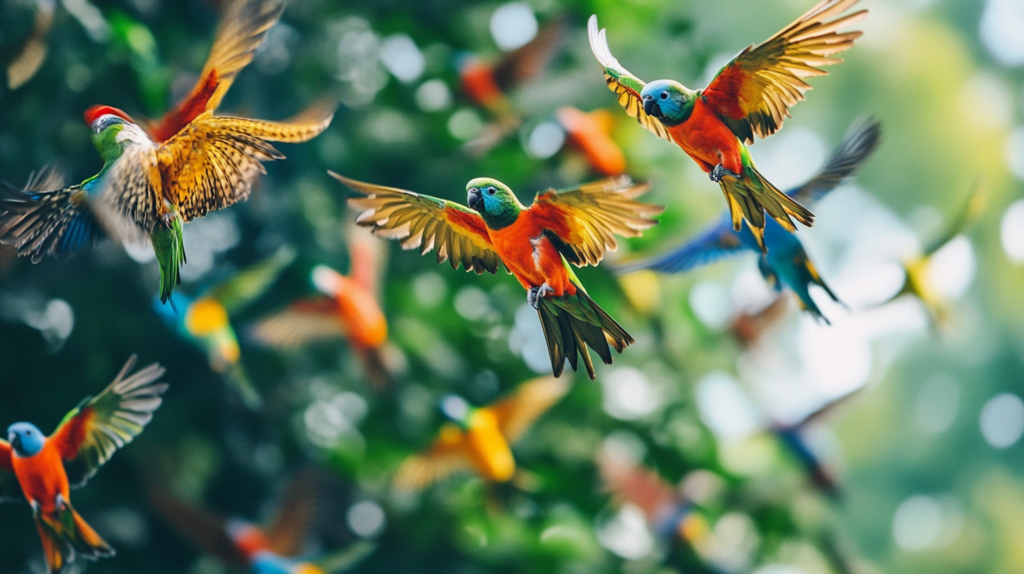
Conclusion
From the rainforests of Costa Rica to the windswept islands of Antarctica, the world is full of incredible places to discover birds. Whether you’re a seasoned birder or just starting out, there’s no shortage of avian wonders to experience. So grab your binoculars, pack your bags, and get ready for the birding adventure of a lifetime!
As you plan your next birding trip, remember to travel responsibly, respect local communities and cultures, and do your part to support bird conservation. By working together, we can help protect the world’s feathered marvels and the habitats they depend on.
Happy birding!
